Chris Parkin presents in depth review on the Haenel Jaeger 10 Synthetic rifle in .243
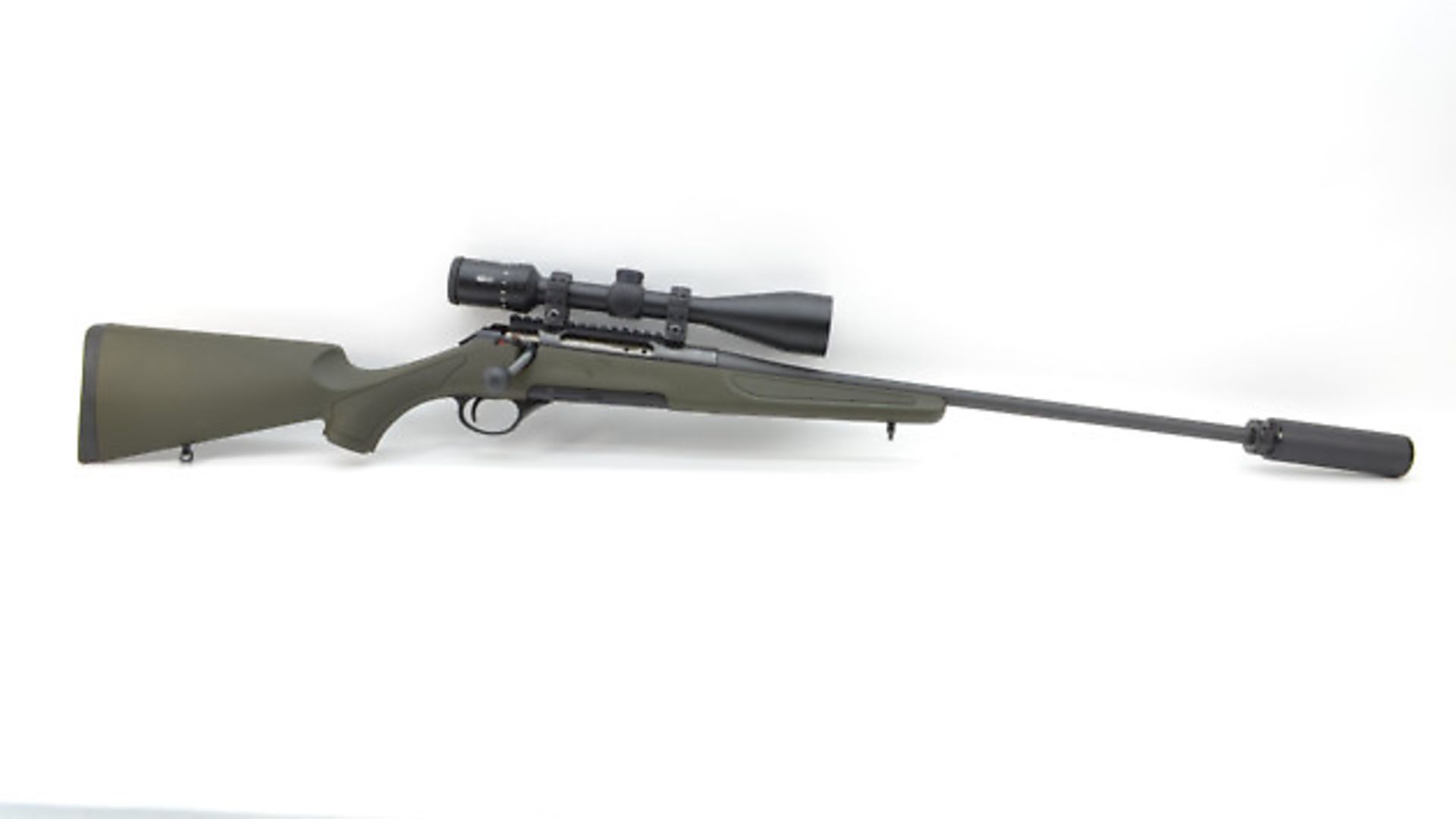 credit: Archant
credit: Archant
IN BRIEF
Likes
Great accuracy and Germanic build quality
Sleek looks with excellent handling
Fully floating barrel
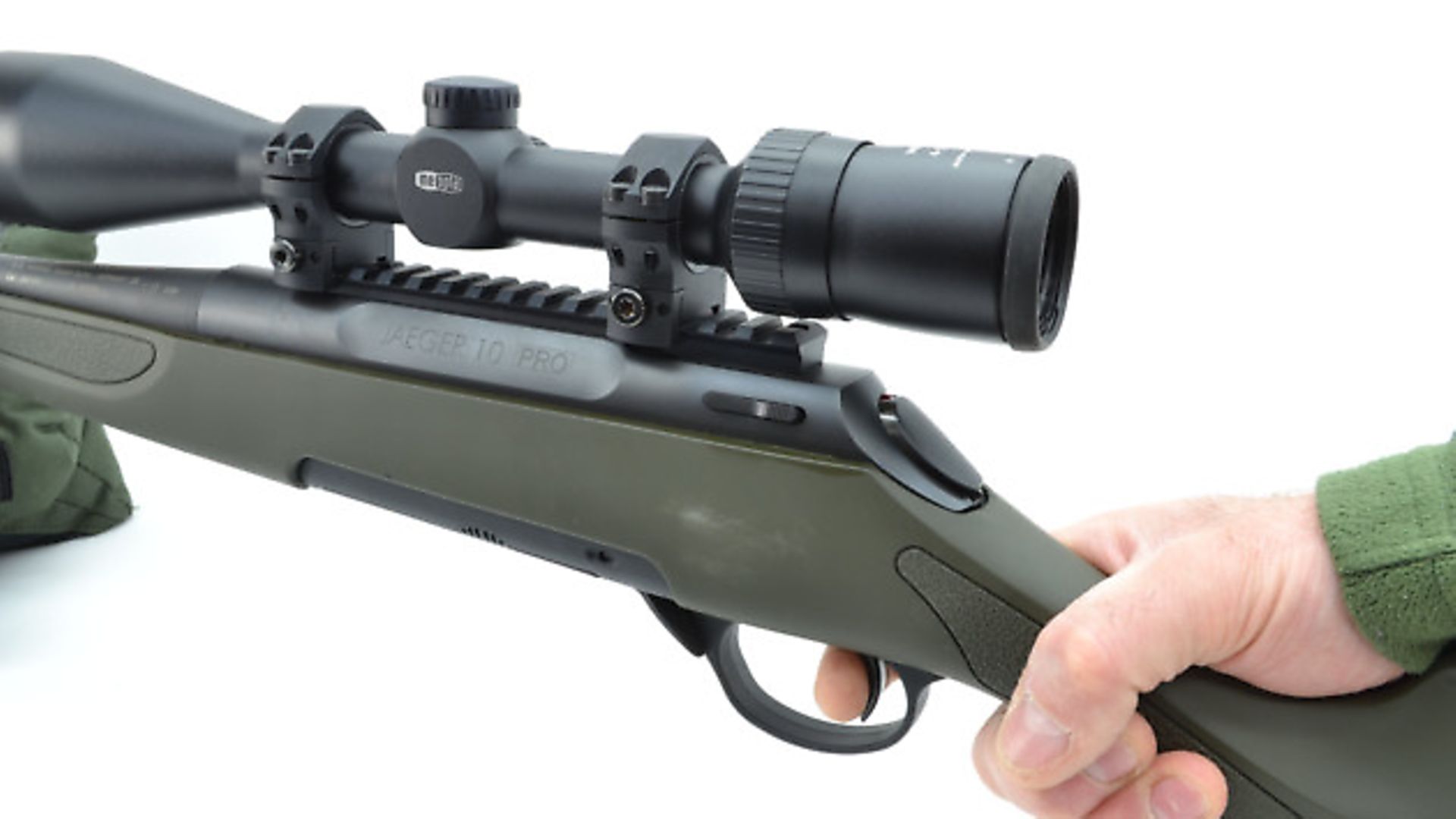 credit: Archant
credit: Archant
Dislikes
The comb could be at least another 10mm higher
Occasionally sticky magazine follower
I’d like to be able to disassemble it to clean
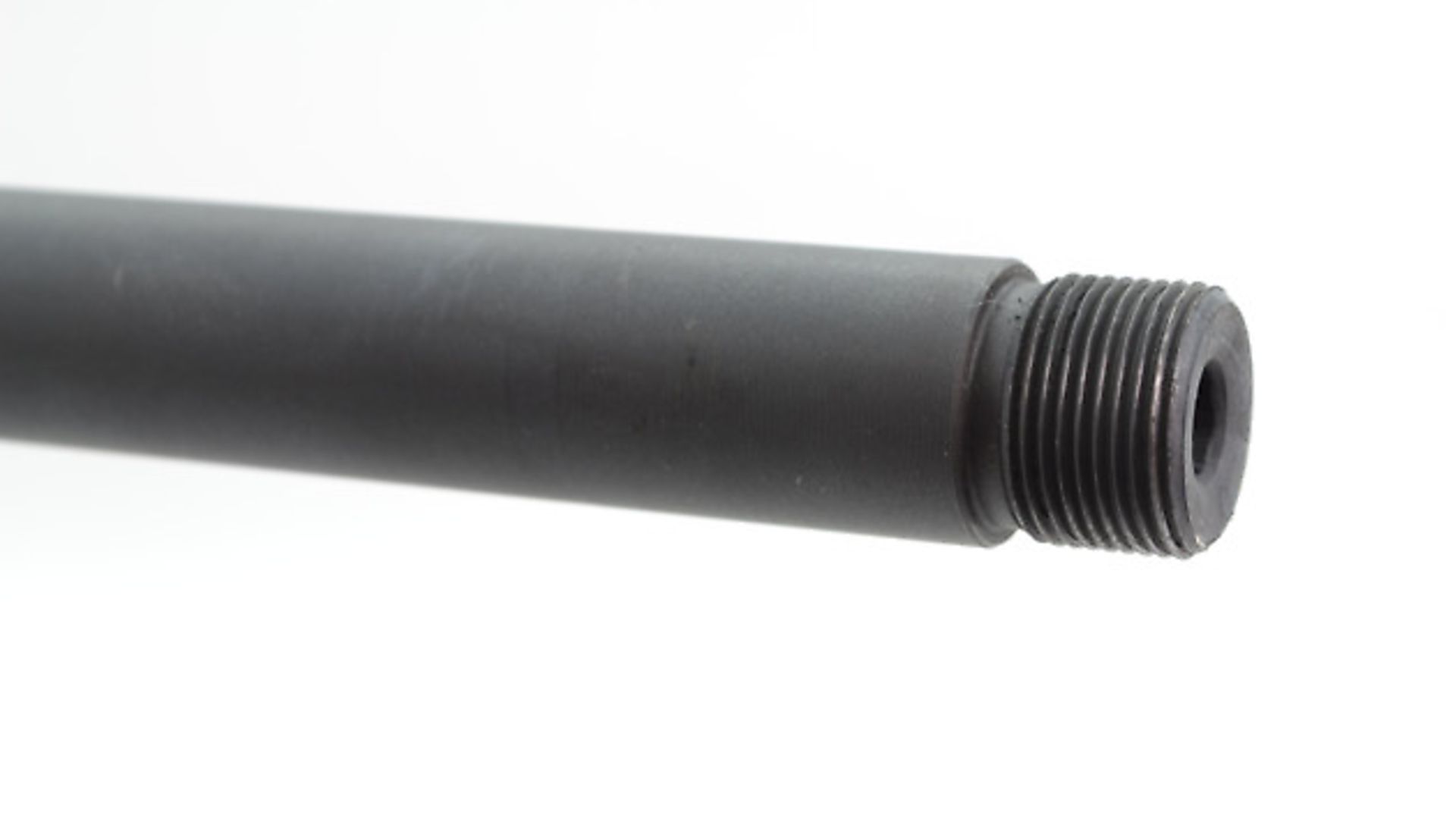 credit: Archant
credit: Archant
Verdict
I’m not actually a great lover of 243 but the Jaeger 10 was an enjoyable gun to use with a very predictable trigger. It shot well from all positions and was a pleasure to carry in the field. A couple of minor tweaks would add more.
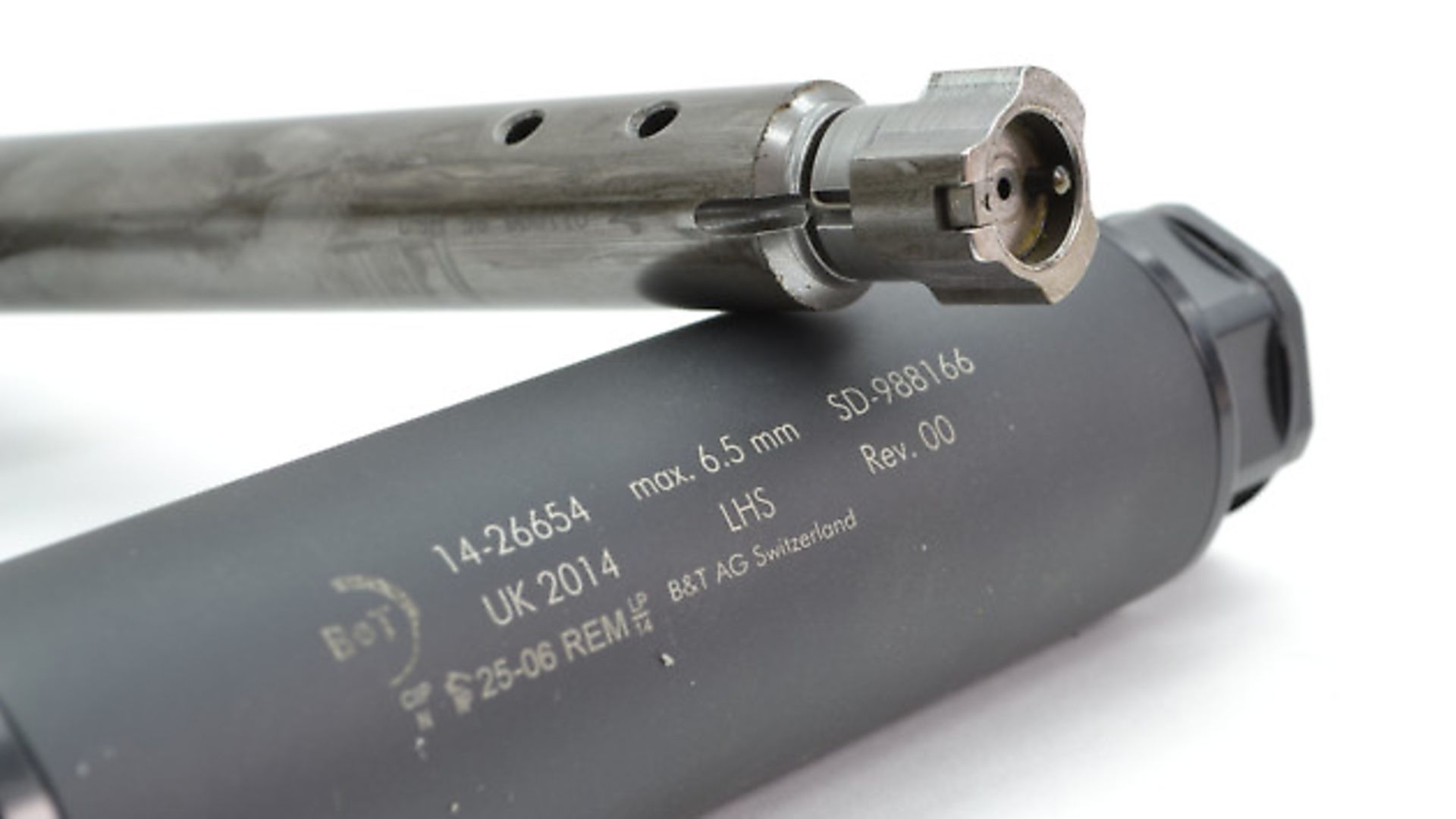 credit: Archant
credit: Archant
Specifications,
Overall length, 42.75” /1085mm
Weight, 8 lbs/3.6 kg
Magazine capacity Detachable, 3+1
Trigger Single stage with 3-5lb pull range
Barrel length 22”/510mm
Barrel twist rate 1:10” (254mm)
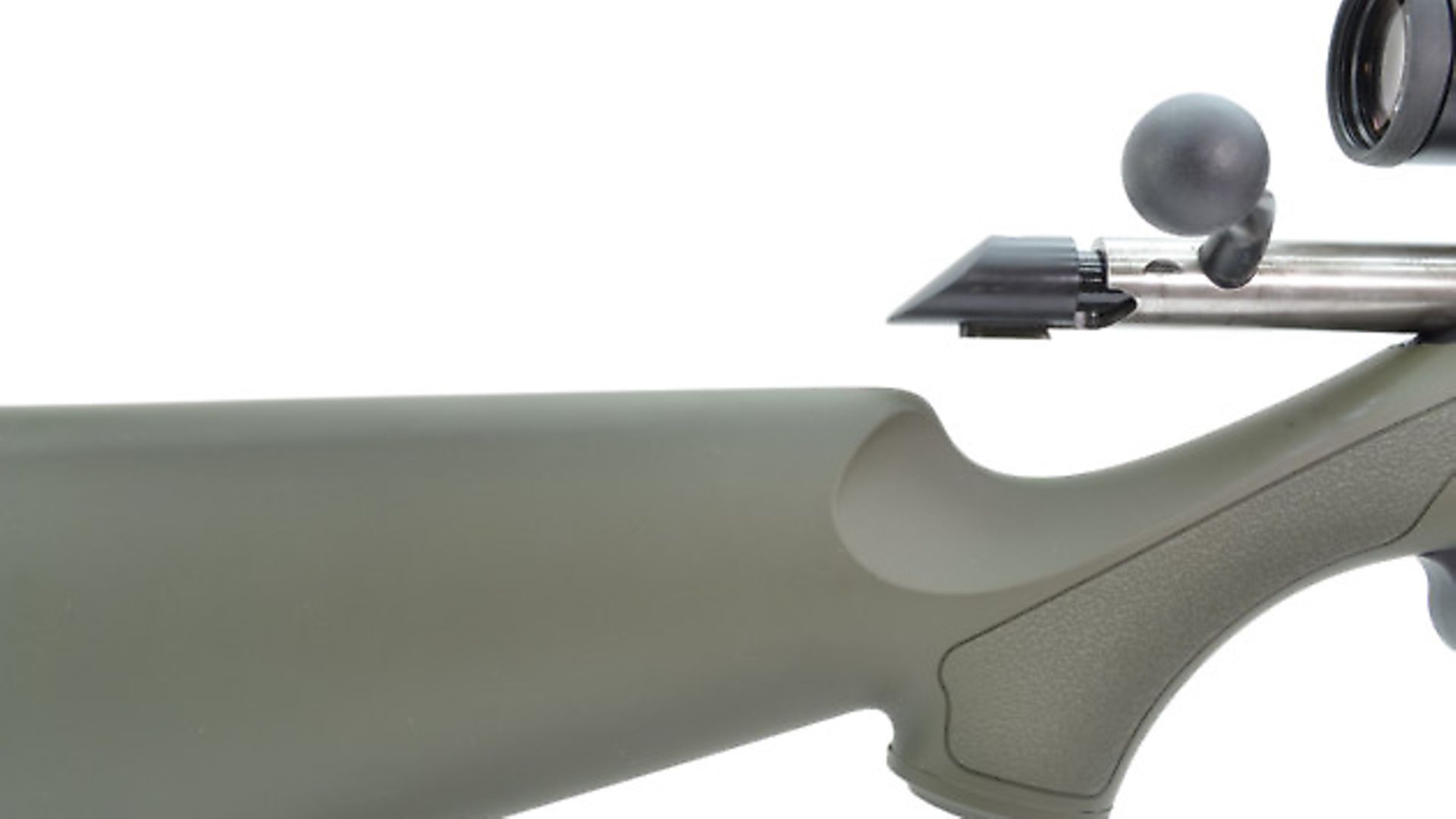 credit: Archant
credit: Archant
Recommended retail prices
Haenel Jaeger 10 Synthetic in 243, £1200
Meopta MeoPro 4-12x50 with BDC reticle, £560
B&T Sound Moderator, £270
Contact
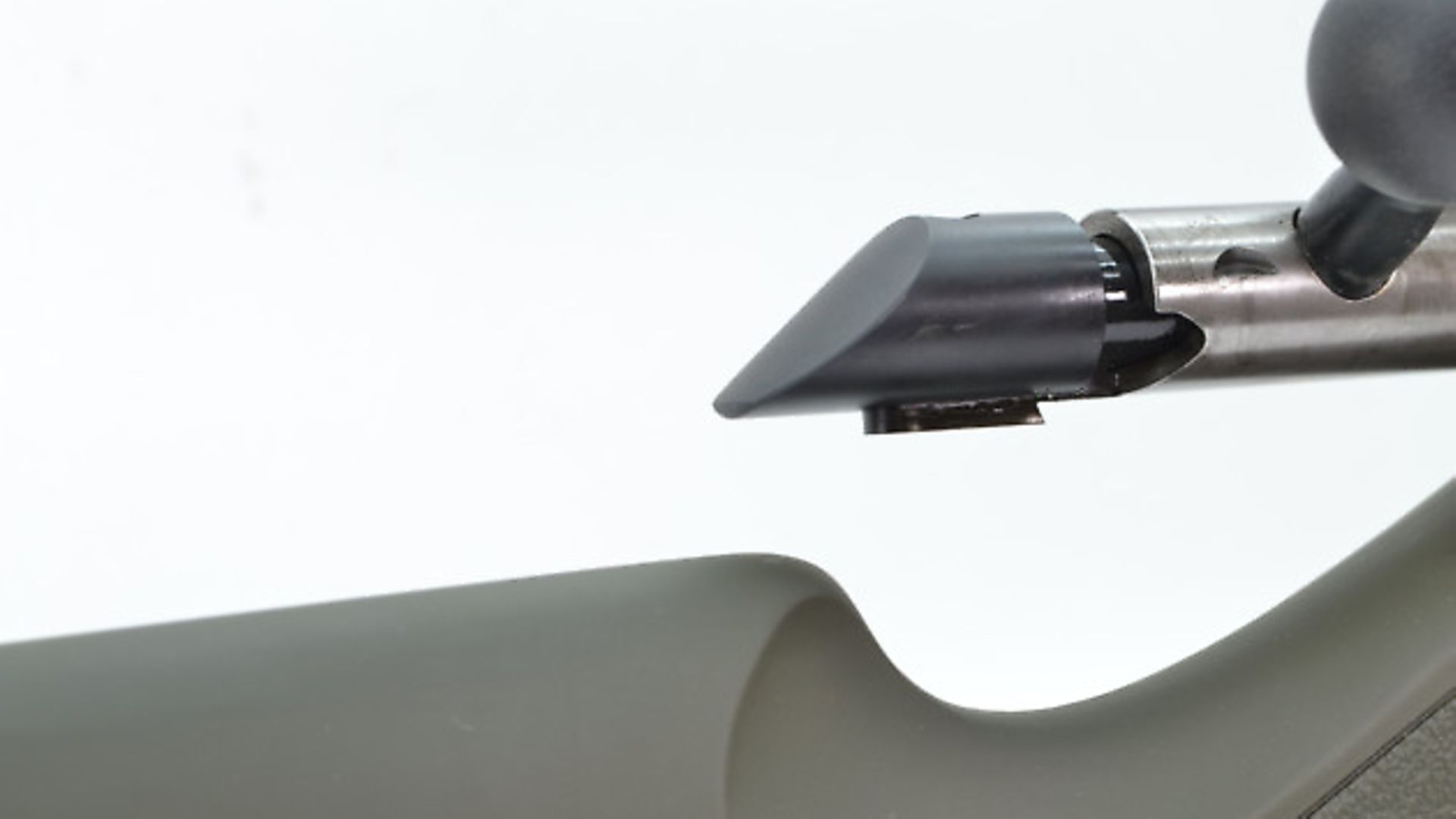 credit: Archant
credit: Archant
Viking Arms, www.vikingarms.com, 01423 780810
Thanks to
RWS GECO 105gr soft point ammunition
RUAG, 01579 362319, www.ruag.co.uk for more details and your nearest dealer
£24.95 per 20 rounds
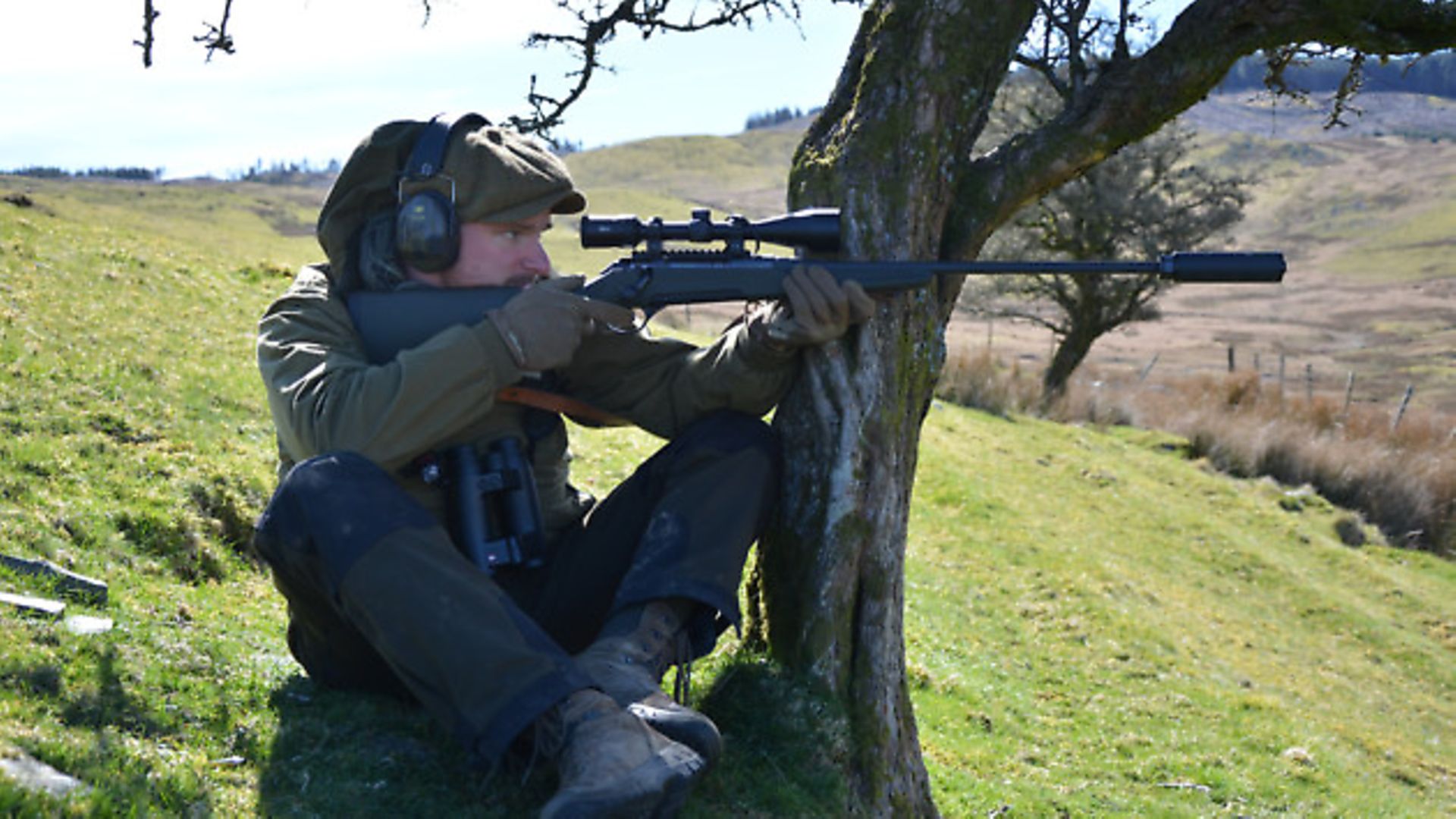 credit: Archant
credit: Archant
IN DETAIL
Haenel is quite a new name to the UK market and, although it shares its heritage and bloodlines with Merkel, and springs from the great Suhl gunmaking region of Germany, we are only just starting to see more of it. I shot the RS8 heavy tactical/precision rifle a few years ago and loved it; it bucked many unwanted trends for such rifles because it was actually lighter than a tank and physically enjoyable to use in the real world.
So, roll the clock forward and now we have the Jaeger 10 in synthetic-stocked sporter format to consider.
The gun is available in .223, with .243 and .308 – most of the likely supplied calibres in the UK for deer and fox. Also available are 6.5x55, .270, .30-06, 7mm Rem Mag, .300 Win Mag, 9.3x63, 7x64 and 8x57; the latter three are clearly likely to be more popular in Europe than the UK. At 3.6kg the gun is most definitely a standard sporter, with a 22”/510mm barrel, but some of the larger calibres show longer tubes. The specification list for the Haenel range that can be found online is a little confusing with a lot of overlap, so it’s better to get in touch with your dealer to see precisely which options are available in the UK.
The gun feels solid and well balanced right from the off and, functionally, has none of the flimsiness or agricultural engineering of some competitors. A 90-degree crown sits below a capped 15x1 threaded muzzle, on a barrel only slightly fatter, at 16.2mm in diameter. It is deeply blacked and utterly uniform in feel, all the way back to the similarly finished action and, in use, stood up to handling well. The finish is matt and avoids any reflections, yet the action texture is very slightly smoother and shows the rotational machined finish in the bare steel. As the reinforce swells into the breech and action, this cylindrical gun shows four threaded holes to fasten the included Picatinny rail to, and a long, oval ejection port to the right; the solid top of the action keeps everything as stiff as possible. You can drop single rounds into the port and these will feed into the chamber from the top of the staggered polymer magazine follower.
The bolt is 20mm in diameter, with three lugs on a push-feed design to strip rounds from the top of the 3+1 detachable magazine. This is staggered, so remains low profile and flush with the base of the gun and, when removed, loads easily with rounds simply pushed down from the top to click into place. The lugs are the same as the diameter of the shaft so you get a very slick feel from the bolt in operation. It has a single raceway on its left side to prevent it rotating where the bolt release pin and release lever guide it, at the rear left of the action. The bolt handle projects 65mm from the action with a polymer ball tipping its end, so remains warm to the touch with a stippled texture, and I have no complaints about its operation with a 60-degree lift. It is firm to re-cock the firing pin, but primary extraction at the top of the stroke was assured on all occasions from this, and the sprung ejector claw recessed within the upper right bolt lug’s face. Ejection flings rounds well clear from a plunger ejector in the bolt face.
To the right rear of the action, the safety is forward for fire and back for safe, with the bolt locking too. There is a separate bolt release button ahead of it to allow the gun to be unloaded on ‘safe’, which is a nice touch as the centre position of some thumb safeties (used to unload on ‘safe’) can be mushy and indistinct at best. A cocked action is indicated by a red dot on top, and the rear of the bolt shroud projects 5mm clear of the action which, when fired, drops into place flush with the rear of the gun’s steel and flows down into the grip area. I really liked the trigger, which is both crisp and moderately weighted at 3lbs/1.5kg. The trigger guard is spacious enough for gloves and you get enough feeling from the well-placed blade to begin your squeeze to actuate a shot. The blade is slender at 7mm with a moderate curve for feel, and is a well-positioned distance from the gun’s grip to offer good reach to its blade; this is square in profile, so distant in feel to the finger-pad touch.
My first slight quibble with the gun was its magazine. The polymer and steel unit springs clear of the gun very easily, as the ambidextrous wings of its release catch project either side of the trigger guard. Extending just a fingertip will eject the mag, and this is great as its smooth profile has no real danger of catching clothing and doing so unwanted in the field. Although you can be brutal, and just press the mag straight up into the well, it will need a sharp tap to overcome the latch, and it’s actually designed so that you can simultaneously push the release lever and squeeze it in silently. It is very secure and solid, but perhaps a little more complex than needed? There is certainly never any fumbling involved to find a recessed ‘button-type’ unit to drop it clear, though.
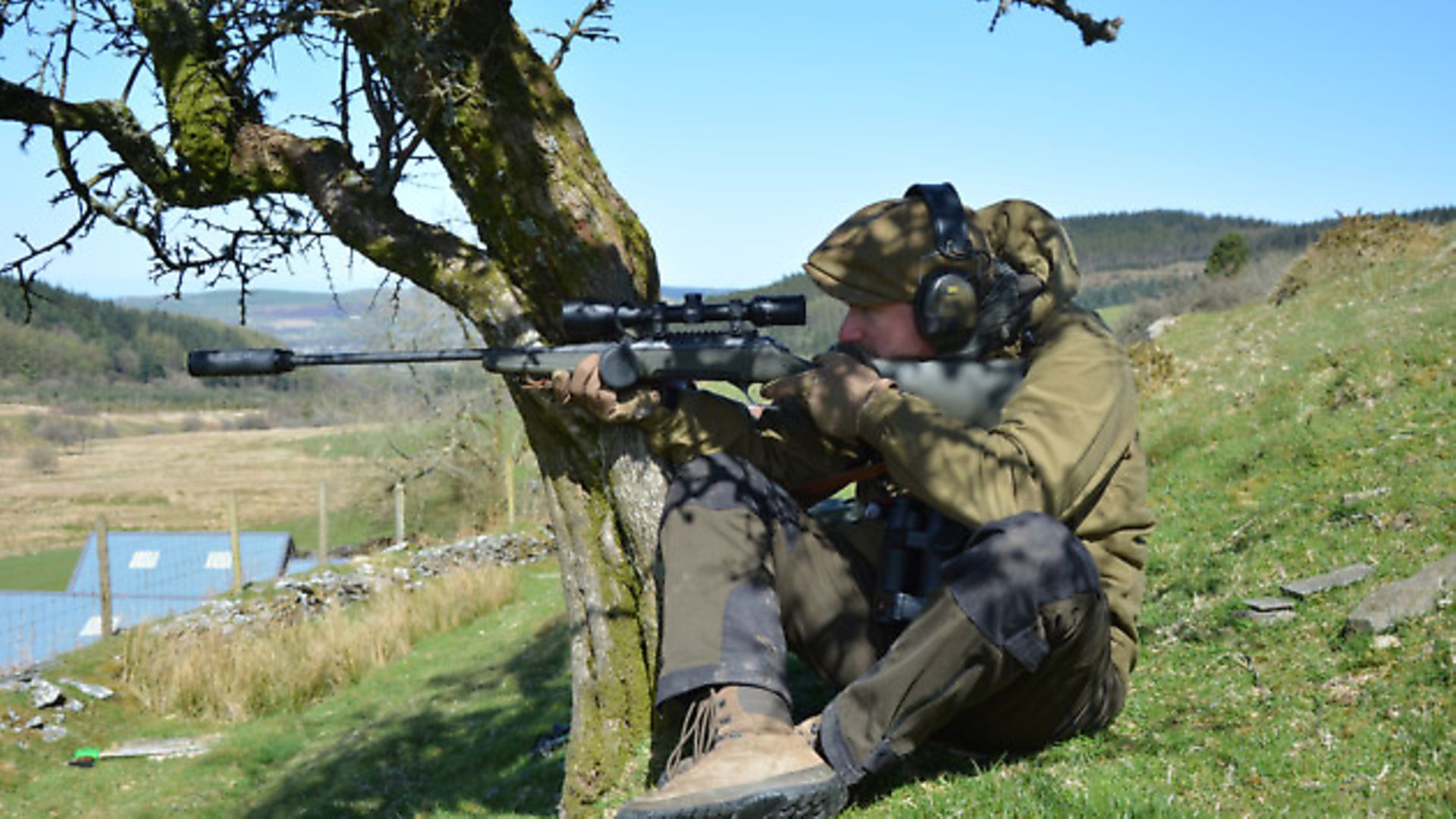 credit: Archant
credit: Archant
With a full sporter profile end to end, the stock handles well from most shooting positions. It’s ambidextrous without any cast, cheekpiece or palm swell, and I shot it equally comfortably left-handed. The barrel is truly fully floated and showed no signs of intermittent barrel contact at any time. Its fore-end shows a slender but deceptively comfortable triangular profile that sits well into your hand and gives a space to plant your fingertips and thumbs without touching the barrel. A fore-end stud is fitted, but this one was a looped swivel to directly fit a sling, so I couldn’t attach a bipod. I’m told future guns will come supplied with ordinary studs at both ends so you can choose what suits you, but with a few tools it isn’t a huge job to fit one. I like the dark green colour which is modest but functional and, with its slightly soft-touch feel, it remains grippy and avoids any horrible resonant ringing sounds when it is knocked or fired. The grip is unusually slender, but does allow you to wrap your thumb over the top. It shows stippled areas, like the fore-end, for grip, before flowing back down to the 20mm thick, firm, but very grippy rubber butt pad which I found absolutely first-rate for both comfort and gun handling. The 360mm/14.25” length of pull suits me well, but although otherwise superb, this stock is a little let down by the obviously sloping comb. In cross section, the shape is lovely – slender and fitting your cheekbone well – but a downward fall to the heel is decidedly old-fashioned in both looks and ergonomics. An upward sloping comb withdraws itself slightly from your face under recoil and lessens the transmission of shock to your head, but you won’t be getting that close and comfortable here anyway. I’m not a great lover of ultra-strong cheek weld on sporters, but the bolt shaft/firing pin sear is more than 15mm above the comb, and that is wasted space as far as I’m concerned. The comb could easily be 15mm higher! The gun comes with a Picatinny rail, which often adds a little scope mounting height; normally this can be compensated for with very low rings but, regardless of that, the comb is just too low and that’s a shame. This gun isn’t even fitted with open sights, yet the stock geometry has clearly been allowed to remain based around their use. I can appreciate that you need to run the bolt in and out of the rear of any gun, and yes, it will run close above the cheekpiece, but 15mm clearance is unnecessary.
The gun was supplied with a Brügger & Thomet end-of-barrel sound moderator, which added just 150mm to the overall length of the gun. At 292g it is lightweight and, although visually it looks a little long, the gun handled beautifully. I like a tube on a .243 to be a minimum of 22”/510mm, as muzzle velocity is critical to remaining deer-legal in this calibre, so chopping to 20” or even 18” may still work very nicely, but would you want to test the letter of the law? I wouldn’t! I ran 105gr GECO Softpoint ammunition through the Haenel and found this moderately priced ammo to be as damnably effective as it has proven in many other rifles. At 2,825fps it is producing a plentiful 1,861ft-lbs of energy from the 1 in 10” (254mm) twist rate barrel. I found it shot lighter 75gr ballistic-tipped ammunition equally accurately and, although not a ‘½” gun’, could print an inch when treated ‘discourteously’ (read: very hot and bothered) all day long.
I shot with the gun under a Meopta MeoPro 4-12x50 scope with a BDC reticle, and it was performing quite happily on steel deer targets at 400m with no concerns at all. I had run out of elevation travel on this sporting optic, but with a little experimentation on the magnification level of the second focal plane reticle, was nicely aiming on for these extended test shots. There was no discernible point of impact shift at any time, and yes, when the gun was hot it opened up a little, but I do tend to push test guns hard to exaggerate any negative characteristics they may hide in a limited time span. I carried a backpack for any long, rested shots prone, and I loved the way the gun was so handy. The fore-end shape is superb as it allows a relaxed hand to remain solidly planted without any undue effort. With the back of the hand resting on the bag I was having no issue aiming, with great stability, and hitting my marks. When fired from standing or improvised positions, the fore-end shape again allowed the gun to remain firmly planted into my shoulder pocket, as did the recoil pad, and these factors gave my right/firing hand free reign to operate the bolt at speed, which was great fun when shooting running boar targets over a 50-metre track.
Cleaning the rifle was straightforward, and the low comb did at least give plenty of clearance for the rod to remain straight with the bolt removed. The barrel ran in smoothly and cleaned up well, holding little carbon, although, like many other .243s, was a little keen to grasp copper. I wanted to take the gun out of the stock to inspect the innards of the stock and bedding assemblies, but was unable to. I try to test guns as any average Joe would use them and, although the front action screw is easily removed from the front of the bottom metal, the rear screw sits below the magazine latch. A simple ball-ended Allen key wasn’t quite able to secure it, and it looks to me like you really need to drift out the pin holding this latch in place. So, although I could easily do that, could the average gun owner who has a rain/mud/blood-soaked gun and the desire to fully strip and clean it?
My only other critique of the gun was that the polymer magazine follower tended to be a bit sticky in the magazine and, on a few occasions, needed removing and a sharp tap to free it when rounds weren’t being fully pressed up to the feed lips and the bolt was skipping over them. Not a huge issue, and just a factor of keeping any gun clean. Germans tend to build guns a little too well sometimes, and although this is wonderful when it comes to consistent accuracy, close tolerances like this one are usually at odds with real-world dust and debris.
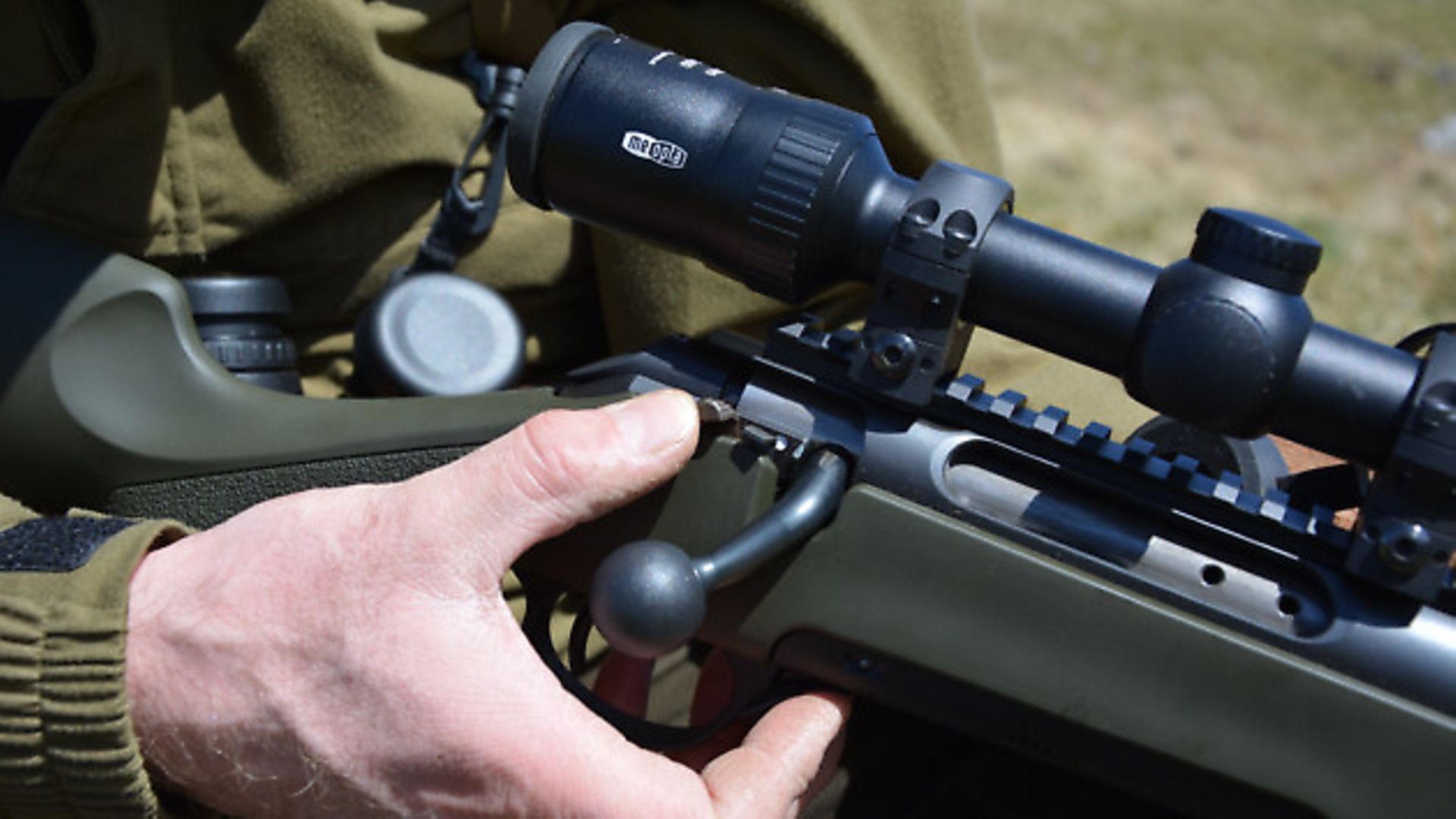 credit: Archant
credit: Archant
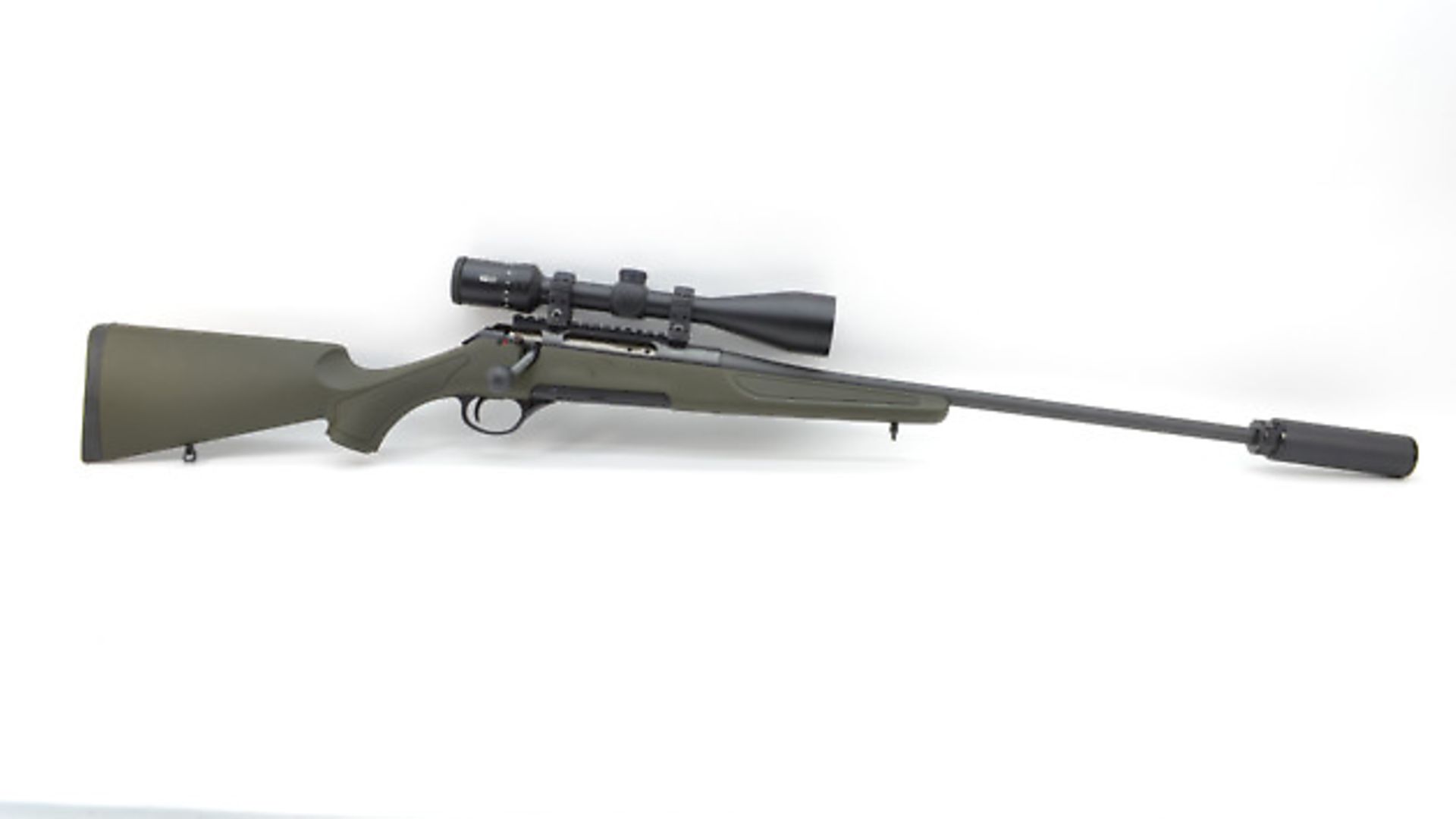 credit: Archant
credit: Archant
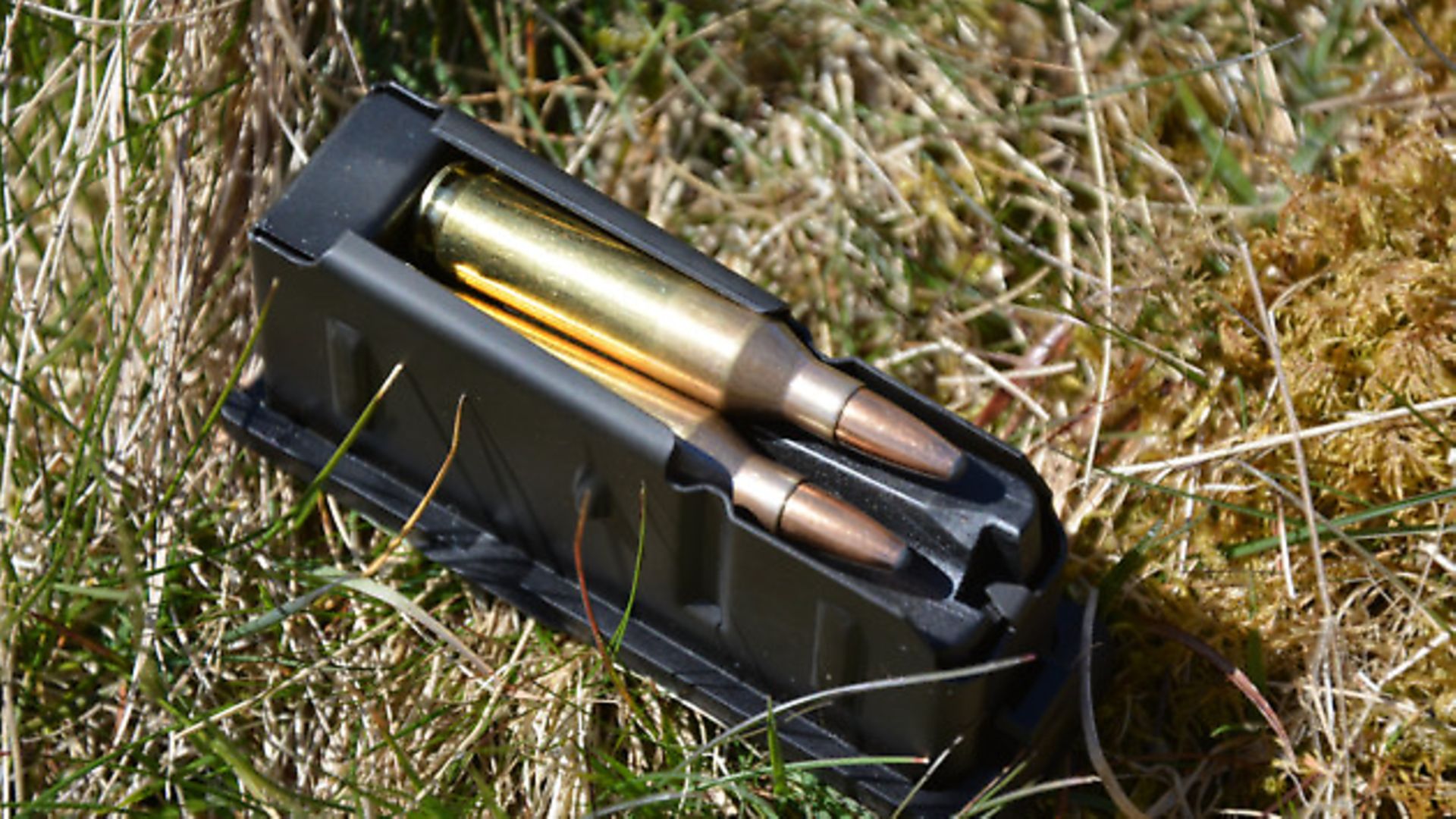 credit: Archant
credit: Archant
 credit: Archant
credit: Archant
 credit: Archant
credit: Archant
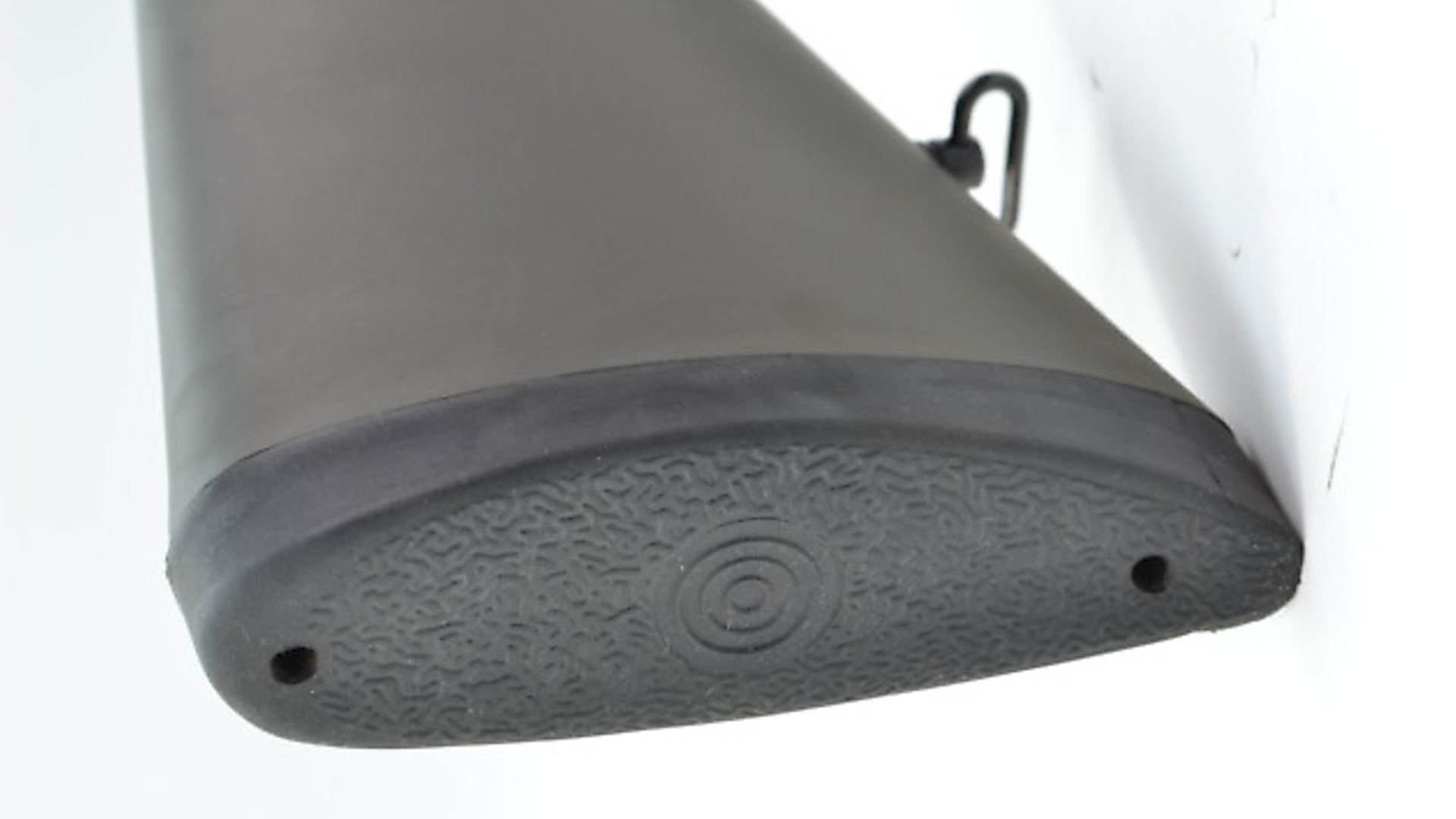 credit: Archant
credit: Archant
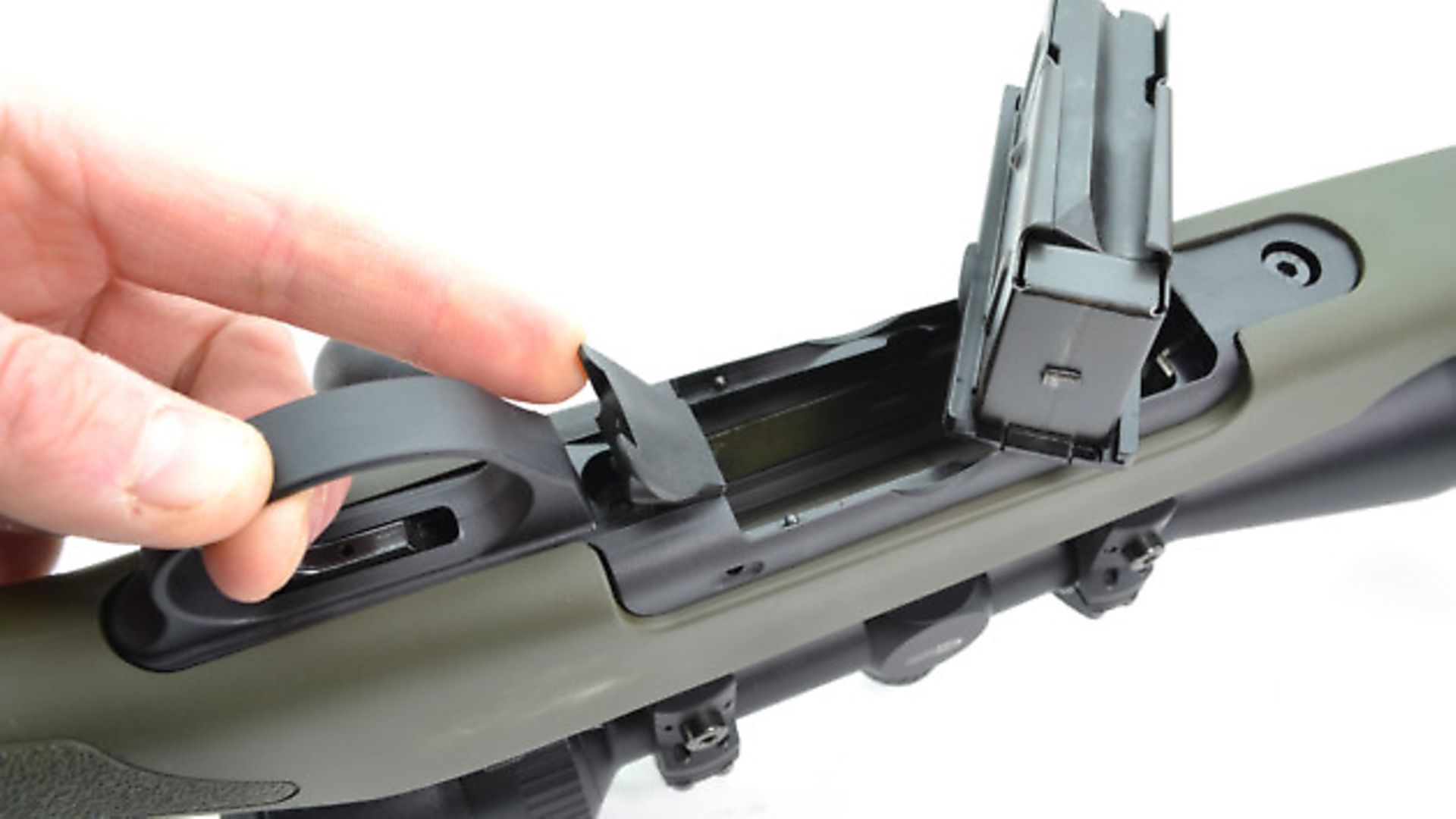 credit: Archant
credit: Archant
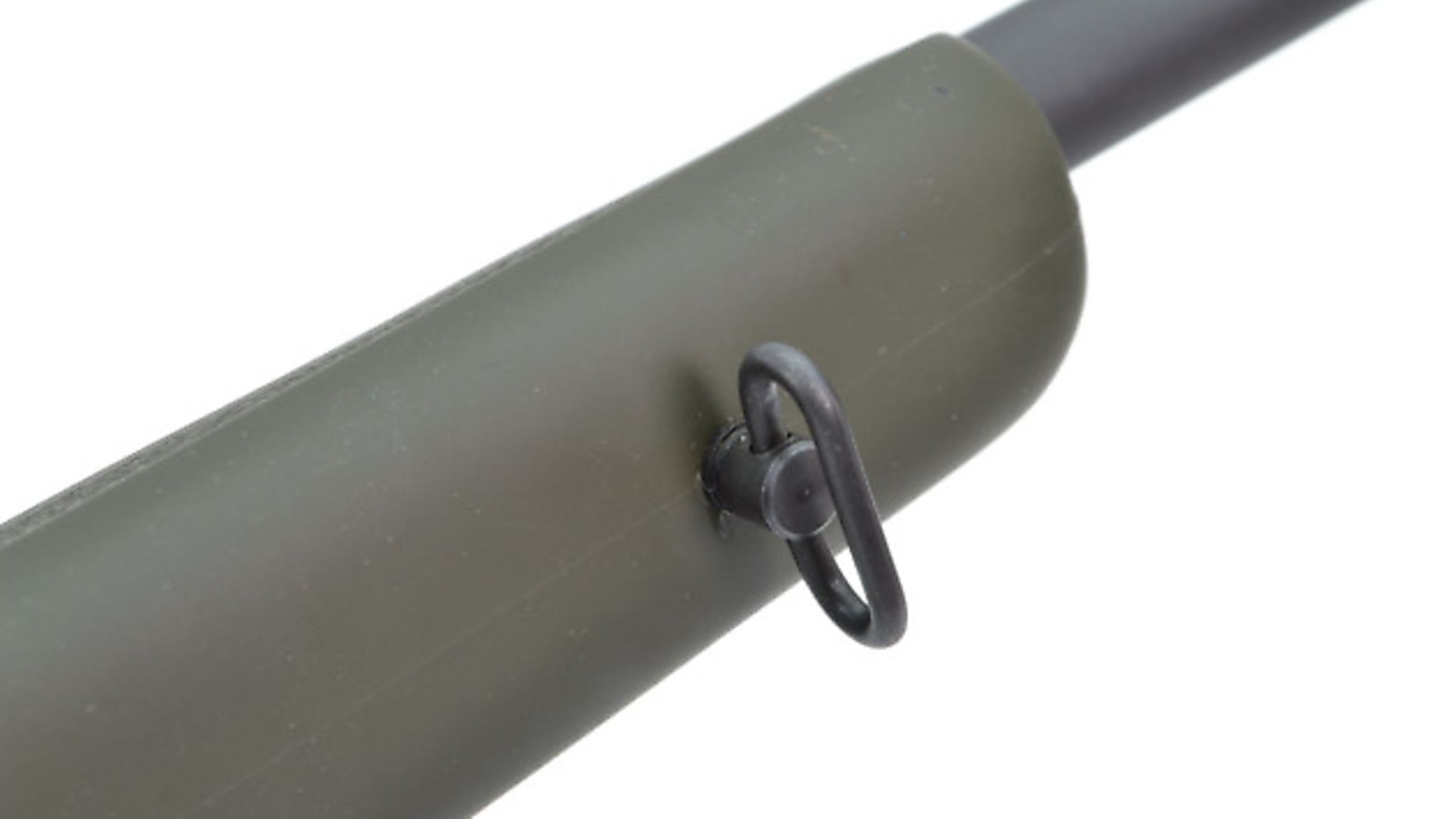 credit: Archant
credit: Archant
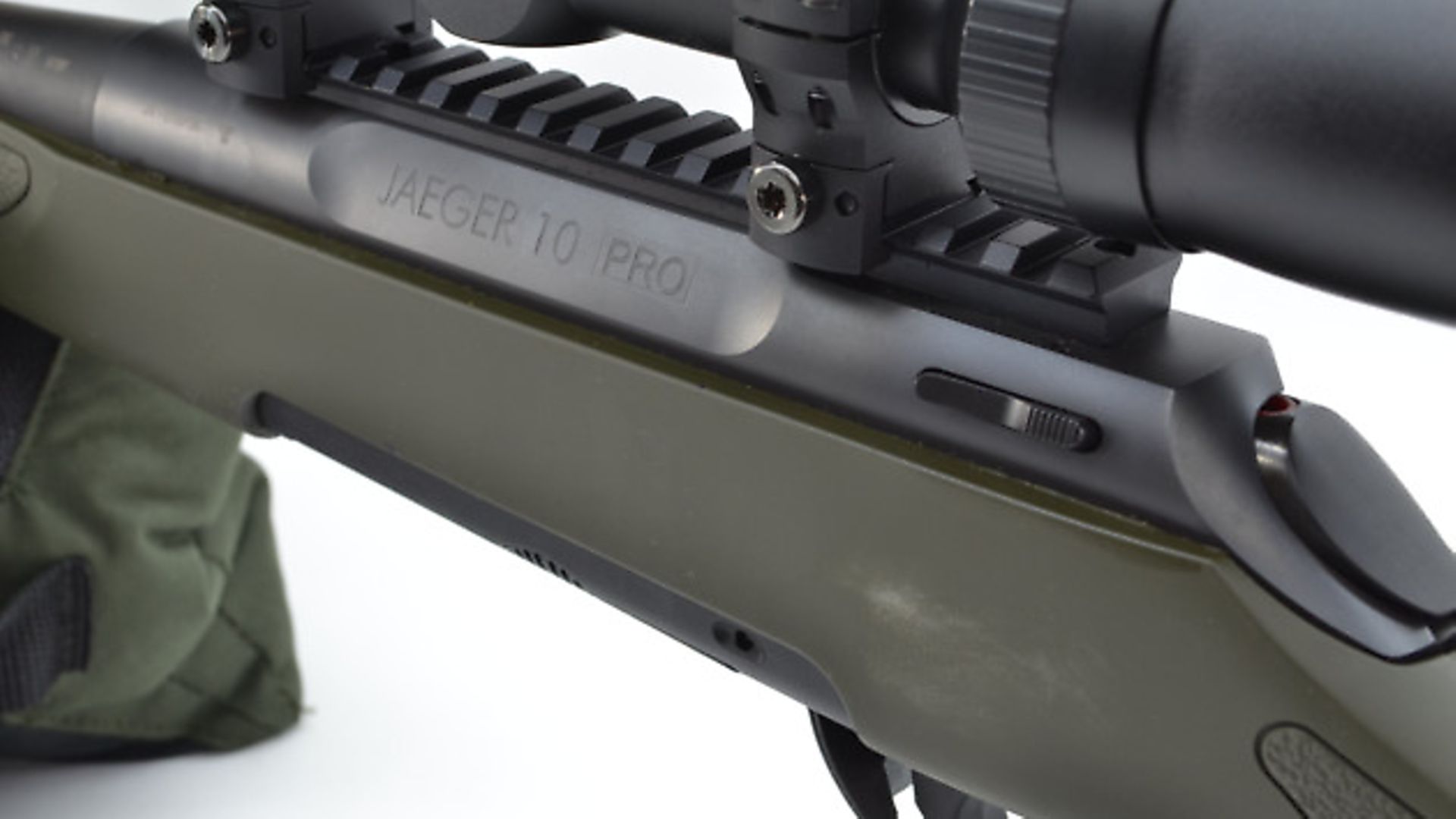 credit: Archant
credit: Archant